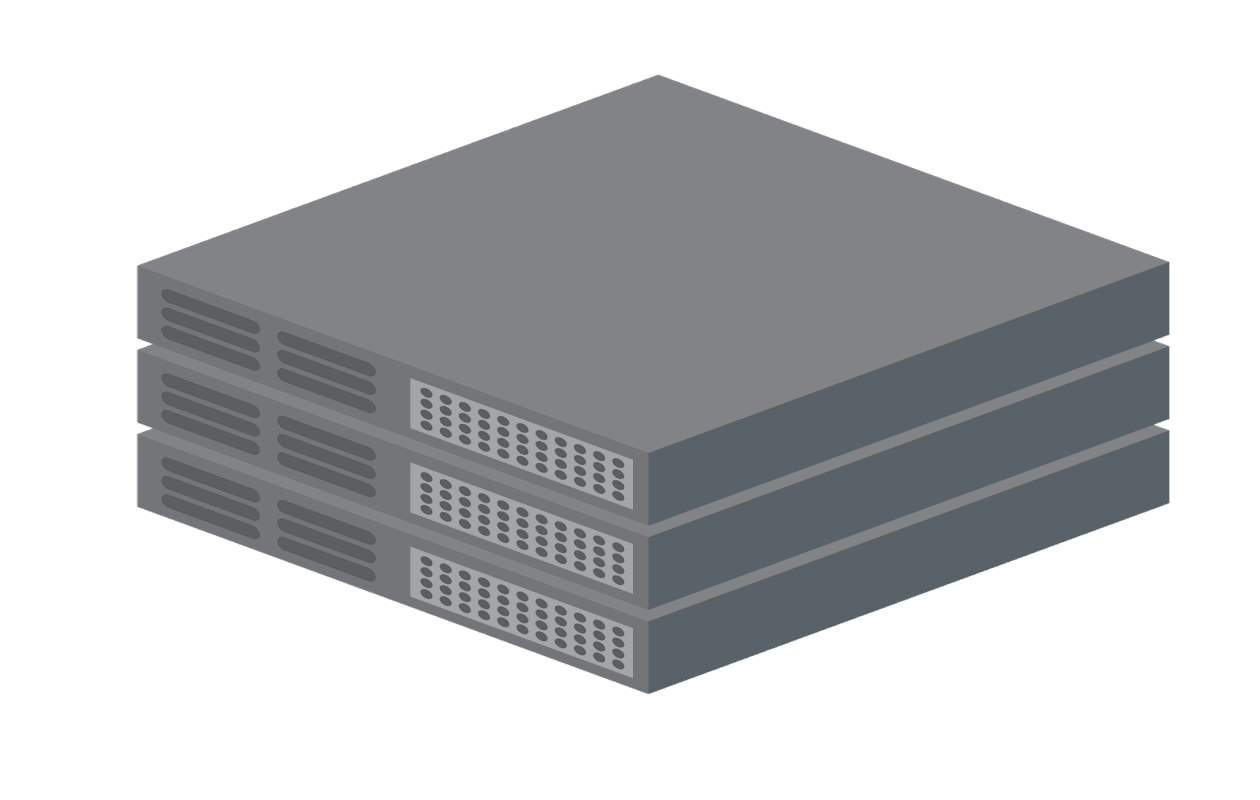Top Cybersecurity Practices Every Small Business Should Implement

Introduction
Cybersecurity is a critical concern for businesses of all sizes, but small businesses are often the most vulnerable. With limited resources and sometimes a lack of awareness, small businesses can become easy targets for cyberattacks. Implementing top cybersecurity practices is essential to protect sensitive data, maintain customer trust, and ensure the longevity of the business. This guide will explore the most effective cybersecurity strategies every small business should implement to stay safe in the digital world.
1. Educate and Train Employees
Human error is one of the leading causes of data breaches. Training employees to recognize phishing scams, use strong passwords, and follow safe internet practices is one of the top cybersecurity practices. Regular workshops, simulated phishing attacks, and mandatory cybersecurity courses can help create a culture of security awareness in the workplace.
2. Use Strong Passwords and Multi-Factor Authentication (MFA)
Passwords are often the first line of defense against cyber threats. Encourage employees to use strong, unique passwords and change them regularly. Implementing multi-factor authentication (MFA) adds an extra layer of security by requiring additional verification steps. This makes it much harder for hackers to gain unauthorized access.
3. Keep Software and Systems Up to Date
Outdated software and systems can contain vulnerabilities that cybercriminals exploit. Regularly updating all software, including operating systems, antivirus programs, and applications, is one of the top cybersecurity practices. Setting up automatic updates ensures that your systems are always protected with the latest security patches.
4. Use a Virtual Private Network (VPN)
A Virtual Private Network (VPN) encrypts internet traffic and masks your online identity, making it difficult for cybercriminals to intercept data. Using a VPN, especially when accessing company resources from public Wi-Fi, is a best practice for maintaining secure communications.
5. Implement Data Encryption
Data encryption is a powerful cybersecurity practice that converts data into a code, making it unreadable without the correct decryption key. Encrypting sensitive data, both in transit and at rest, ensures that even if hackers gain access to your systems, they cannot read or misuse the information.
6. Regularly Back Up Data
Data loss can occur due to various reasons, from cyberattacks to hardware failures. Regularly backing up data ensures that you have a secure copy in case of an emergency. Automated backups stored in secure, offsite locations are a key component of a comprehensive cybersecurity strategy.
7. Install Firewalls and Antivirus Software
Firewalls and antivirus software act as the first line of defense against malicious attacks. A firewall monitors incoming and outgoing network traffic and blocks suspicious activity, while antivirus software detects and removes malware. Ensuring that these tools are installed and updated regularly is one of the top cybersecurity practices for small businesses.
8. Control Access to Sensitive Data
Limiting access to sensitive data based on roles and responsibilities is a crucial cybersecurity practice. Implementing the principle of least privilege ensures that employees only have access to the information necessary for their job. This reduces the risk of internal breaches and data leaks.
9. Conduct Regular Security Audits
Regular security audits help identify vulnerabilities and assess the effectiveness of your cybersecurity measures. Hiring a cybersecurity expert or using security assessment tools can help you pinpoint weaknesses and areas for improvement. Regular audits are a proactive step in maintaining a robust cybersecurity posture.
10. Create an Incident Response Plan
Despite the best efforts, no system is entirely immune to cyberattacks. An incident response plan outlines the steps to be taken in the event of a security breach. This plan should include procedures for isolating the threat, notifying stakeholders, and recovering from the attack. Having a well-thought-out incident response plan can minimize damage and speed up recovery.
11. Secure Mobile Devices
With the increasing use of mobile devices for business purposes, securing them is essential. Encourage employees to use device encryption, install security apps, and update their devices regularly. Implementing a Mobile Device Management (MDM) solution can help manage and secure mobile devices within the company network.
12. Monitor Network Traffic
Constantly monitoring network traffic for unusual activity can help detect potential security threats early. Intrusion Detection Systems (IDS) and Intrusion Prevention Systems (IPS) can identify and respond to suspicious behavior, preventing cyberattacks before they cause significant damage.
Conclusion
By implementing these top cybersecurity practices, small businesses can significantly reduce the risk of cyberattacks and protect their valuable data. Cybersecurity is an ongoing process that requires constant attention, updates, and employee training. Stay proactive, stay secure, and ensure the safety of your business in the digital age.
Call to Action:
“Looking for more tech tips and cybersecurity advice? Subscribe to our newsletter at Roodr Tech Solutions and stay ahead in the digital world!”
follow us : Roodr.com




Recent Comments